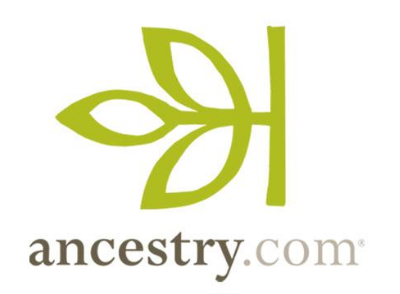
Ancestry.com
Start your family history search here at the library! Ancestry.com offers free access to all library patrons. (In library only)
Mon - Thurs. - 9 am - 7 pm
Fri - Sat: 9 am - 5 pm
Sun: 1:30 pm - 5 pm
Lakeland History Room Service Desk: 863.834.4284
Lakeland History Room Librarian Supervisor: LuAnn Mims
Ph: 863.834.4269
Email: luann.mims@lakelandgov.net
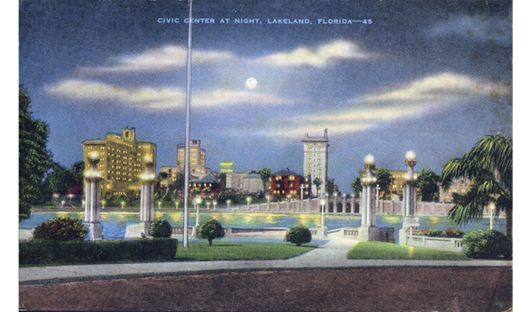
Image from the Greetings from Lakeland postcard collection

Start your family history search here at the library! Ancestry.com offers free access to all library patrons. (In library only)
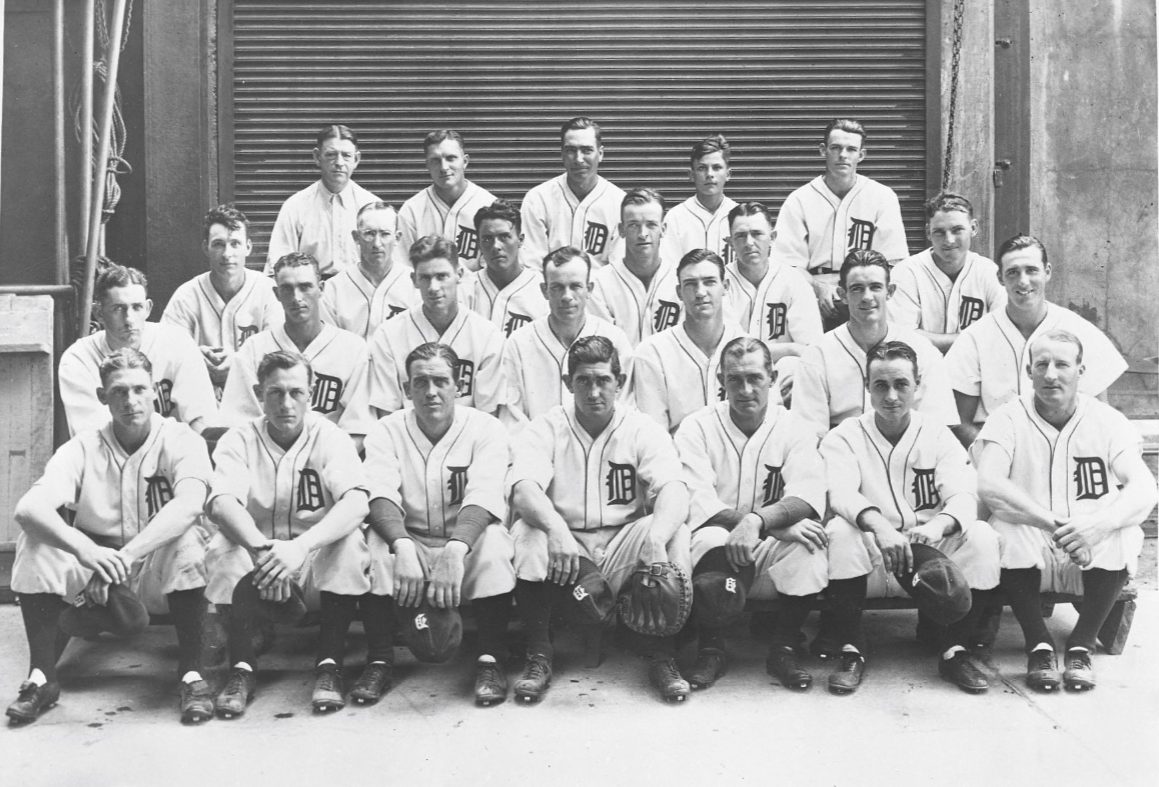
Explore Lakeland’s History through Photos!
Perkins Brothers Commercial Photography was a Lakeland mainstay for more than thirty years. Laurence ‘Guv’ Duane Perkins (1914-1981), born in NY, moved to Lakeland at age five. During WWII, he worked as a photographer for the US Navy, where he honed his skills in the field. Upon returning, he started working for the Lakeland Ledger as a photographer. He open a commercial studio in 1950 and was joined a few years later by younger brother Murray. The Perkins Brothers studio was located at 704 N Massachusetts Avenue in 1957.
Murray ‘Perk’ Clinton Perkins (1922-2012) was born in Lakeland. At age 17, he worked as a drug store clerk. He served in the US Army during World War II. He worked along side his brother Duane following the war at their commercial studio. Following his brother’s death, Murray started a thirty-year career with Gentry Morris Funeral Home.
Many of the Perkins Brothers photographs were transferred to Phillips Photography.
Richard ‘Dick’ Phillips (1925-2014) opened his commercial photography studio in 1949 at 1107 S. Florida Ave. behind what is now Hungry Howie’s in Dixieland. In 1962, he constructed the current 3,800 square-foot building at 1505 S. Florida Avenue. His son, Robin, began working in the studio at age 8 and shot his first wedding by himself at 15 years of age. The family kept the successful business going until 2022.
This collection combines photographs from the two studios. Together, they depict a history of Lakeland from the 1940s-2000.
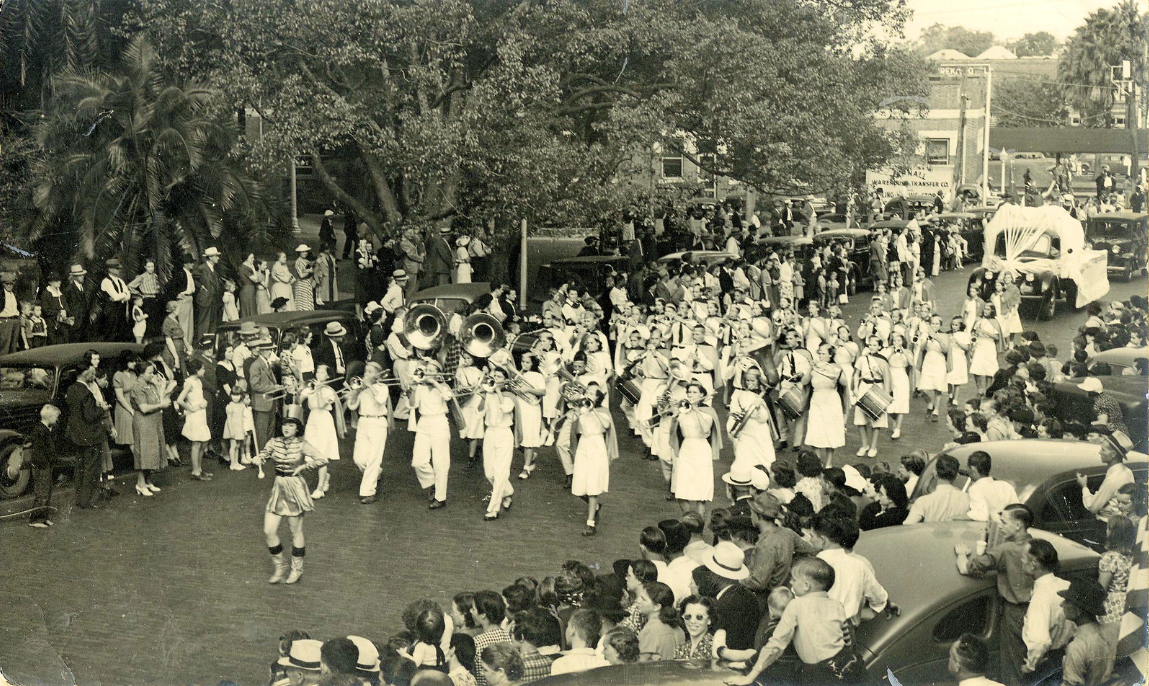
Our story begins with you...what better way to tell the many stories of Lakeland and its history, than visually by showcasing highlights from our Digital Collection through Flickr.
Check out our featured album:
Community celebrations, military events and holidays are best enjoyed with a processional parade of Lakeland's finest!
Enjoy this "I Love a Parade" photographic stroll along with the marching bands, decorated floats, large balloons, and costumed characters that have marched through the historic downtown through the years, showcased from our Flickr digital collection.
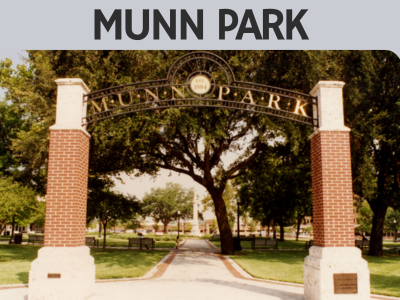
Discover more about Lakeland’s History through Stories!
Standing at the entry archway of Lakeland’s downtown city park we know as Munn Park is a large metal and brick entry way was constructed in 1990 as part of a revitalization effort. This park, in the core of Lakeland’s business district, was established in 1884 and shares over 100 years of our local history. Through those years many changes have occurred to bring us this community space of today.
As a convenience and for informational purposes only, the City of Lakeland provides external hyperlinks on its website, directing website users towards certain outside sites; links to these websites do not constitute the City of Lakeland’s endorsement or approval of linked websites, or the information, products or services contained therein. All links the City of Lakeland Provides are consistent with the mission of its website. However, the City of Lakeland exercises no editorial control over the information website users may find on external websites. The City of Lakeland also cannot attest to the accuracy or appropriateness of information provided by external websites and organizations.